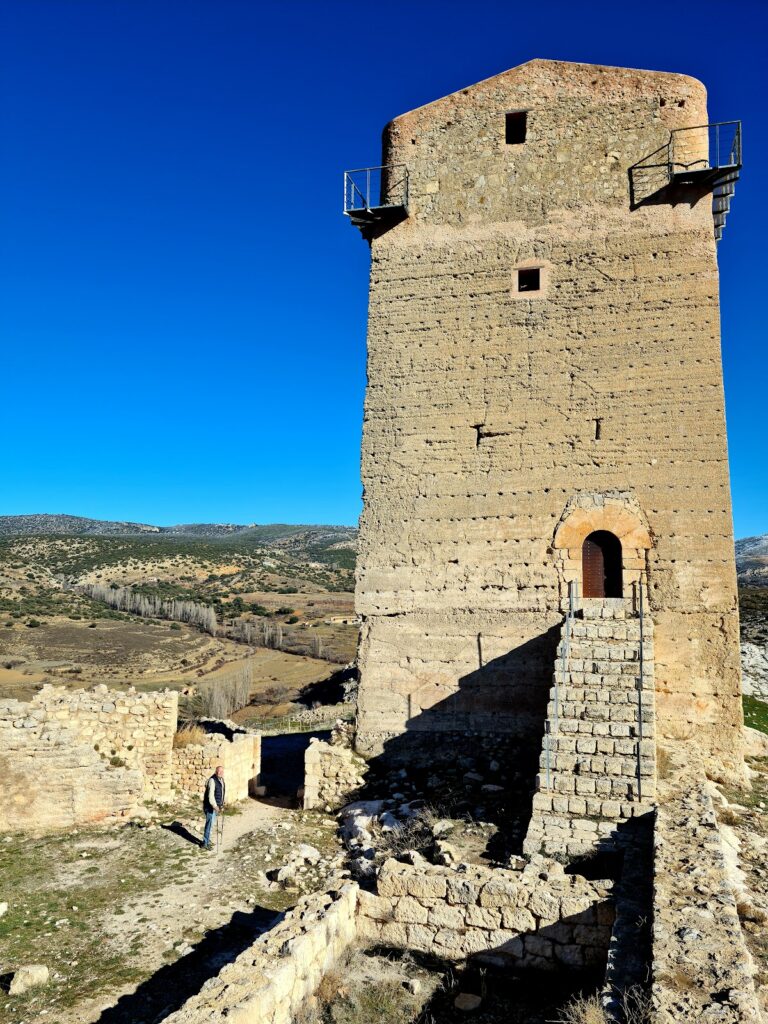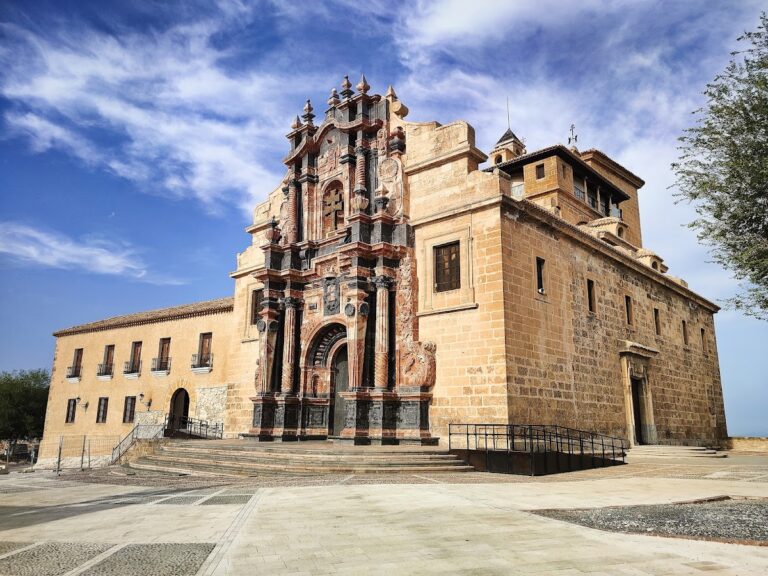Castillo de Taibilla: A Medieval Fortress in Nerpio, Spain
Visitor Information
Google Rating: 4.4
Popularity: Low
Google Maps: View on Google Maps
Country: Spain
Civilization: Unclassified
Remains: Military
History
The Castillo de Taibilla stands in the municipality of Nerpio, Spain. Its origins trace back to the medieval period, when it was constructed by the local Christian kingdoms that controlled the region during the 12th century. Historical documents from this time mention the fortress under the name “Tayviella,” confirming its role as a defensive stronghold guarding the surrounding territory.
During the Middle Ages, the castle served as part of a network of fortifications that protected key routes and settlements in the area. Its elevated position on a cliff overlooking the Taibilla River provided both a strategic vantage point and a natural barrier against potential attackers. Over the centuries, it would have witnessed the shifting boundaries and conflicts typical of medieval Spain, though specific events or named rulers associated with the site have not been recorded in the sources.
In the 20th century, the ruins of Castillo de Taibilla gained official recognition when the Spanish state issued a decree in 1949 protecting all castles in the country regardless of their condition. This legal protection came during the government of Francisco Franco, with Education Minister José Ibáñez Martín endorsing measures aimed at preserving Spain’s historical heritage. Since then, continued archaeological interest and restoration efforts have helped study and conserve what remains of this once formidable fortress.
Remains
The remains of Castillo de Taibilla occupy a natural cliff formation above the Taibilla River, effectively taking advantage of the natural landscape for defense. Positioned at around 1,200 meters altitude, the castle’s ruins are a testament to its original use as a fortress designed to control and monitor the surrounding area from a commanding height.
The surviving structures are limited to ruins, though their placement atop the cliff reveals how the builders utilized the terrain. Detailed architectural elements such as interior rooms, gates, or specific defensive features are not described in the available research. The materials used and construction techniques remain unspecified in current archaeological records, but the site’s strategic location suggests a focus on strength and visibility typical of medieval military construction.
Archaeological studies conducted over recent decades have documented the site and contributed to its conservation. Photographic archives include high-resolution images capturing the tower fragments and wall remnants that survive. These efforts reflect ongoing scholarly interest in understanding the castle’s layout and significance within the medieval defensive network of the region, even as the structure today remains in a fragmentary condition.










